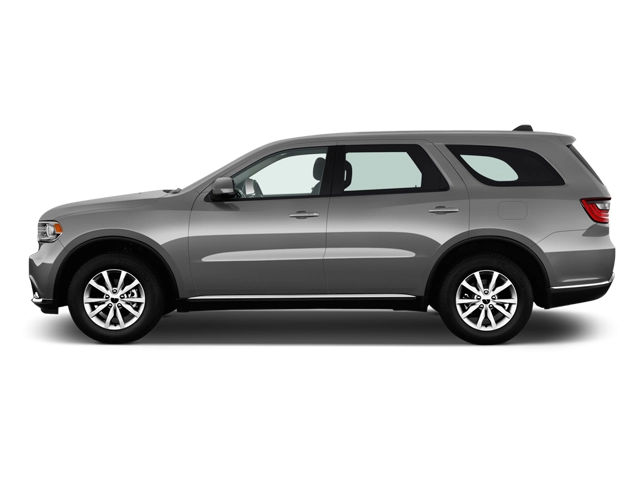2014 Dodge Durango Owner's Manual

Table of Contents
2014 Dodge Durango Overview
Introduction
The 2014 Dodge Durango is an exceptional mid-sized SUV that seamlessly blends muscle, elegance, and practicality. With its aggressive styling and robust stance, this vehicle evokes confidence on any terrain. Designed for families and adventure seekers alike, the Durango excels in versatility with its spacious cabin, advanced technology, and powerful capabilities, making it a premier choice in its class.
Powertrains
The 2014 Durango offers two high-performing powertrains. The base model is equipped with a 3.6-liter Pentastar V6 engine that delivers a robust 290 horsepower and 260 lb-ft of torque, ensuring ample power for daily driving and highway cruising. For those seeking a more exhilarating experience, the 5.7-liter HEMI V8 engine is available, producing an impressive 360 horsepower and 390 lb-ft of torque. Both engines are paired with an 8-speed automatic transmission, providing smooth gear transitions and optimal fuel efficiency.
Trims
The 2014 Durango is available in several trims: the base SXT, the mid-level Limited, the sporty R/T, and the upscale Citadel. Each trim level offers an array of standard features and available options, allowing customers to choose specifications that best suit their lifestyle. The R/T trim is particularly notable for its performance upgrades and sporty design elements, while the Citadel trim presents a luxurious experience with premium interior materials and advanced technology.
Features
Inside the 2014 Durango, drivers and passengers are treated to a host of modern features. Standard features include a touch-screen infotainment system with Bluetooth connectivity, a rearview camera, and ample USB and auxiliary ports. Higher trims introduce options like a premium audio system, navigation, and advanced safety technologies such as blind-spot monitoring and adaptive cruise control, enhancing both convenience and security.
Owners Manual
The 2014 Dodge Durango owners manual serves as an essential guide for all vehicle owners. It provides comprehensive information on maintenance schedules, feature usage, troubleshooting tips, and safety guidelines to ensure a rich driving experience. This invaluable resource equips owners with the knowledge needed to maximize their SUV’s performance and longevity.
User manual download
The Dodge Durango owner manual for the 2014 model year is to be found in PDF downloadable format on this page. The owner manual for the model year 2014 is free and in English, but the repair manuals are usually not easy to get and may cost more.
Manual Questions
Fill the form below and someone will help you!

